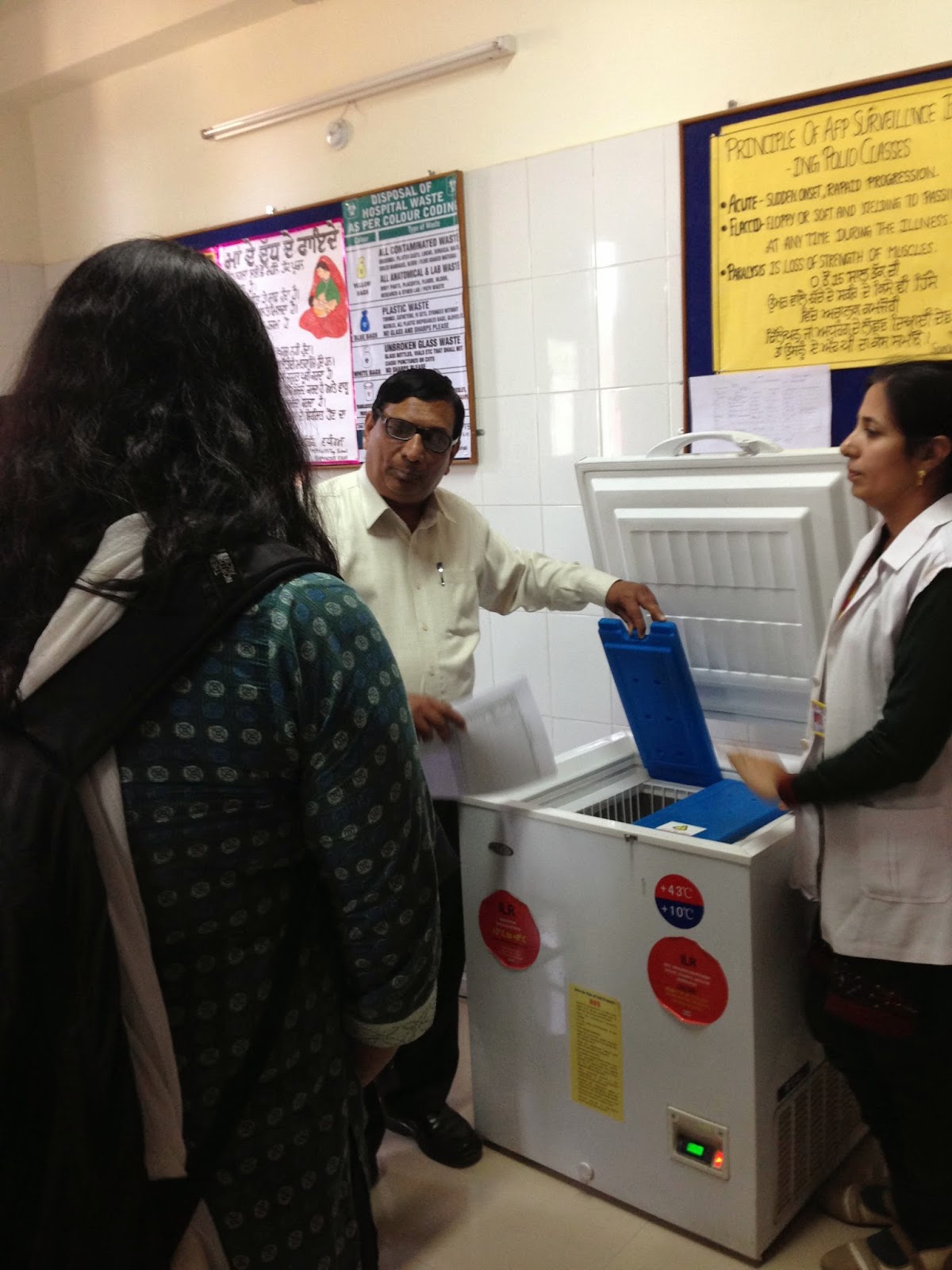Working
with the children is always a pleasure. We never fully know what to
expect or which kids will show up, but it is exciting and the kids
are always so eager to learn. The Punjab team maintains an ongoing
After School Program that focuses on different topics each week,
ranging from Math to Sports. The title of our program is a bit of a
misnomer because most of the children do not in fact attend school.
Most of the children do not know how to read or write, and they range
from 2-17 years old. This forces us to be very creative in our
delivery, and also with how we communicate. Since the children are
migrants from other parts of India, they often speak either
Rajasthani, Punjabi, or Hindi. None of them know English, which
forces us to quickly brush up on our Hindi skills!
My week for this month
involved planning activities for Health week. We reviewed body parts
in Hindi, good foods to eat, and which activities are good and bad
for our health. We also showed them a hand-washing video and talked
about when we should wash our hands. Images are key to communication
and games as well. I found that our week was very successful, the
kids loved to learn and share what they knew! I find that they are
receptive to what we have to say, but changing behaviour is a very
long and difficult path. Even though most children know walking
around barefoot in the camp where there is trash can cut their feet,
they still choose not to wear shoes even if they have them.
I think we also have to
focus on spreading these messages to the adults in addition to the
children. That requires catering our message to a different audience
but educating both of those groups together will really help us in
improving the health outcomes of the community as a whole.
- Margaret Arzon, USA
Women Empowerment Project Manager, Punjab











